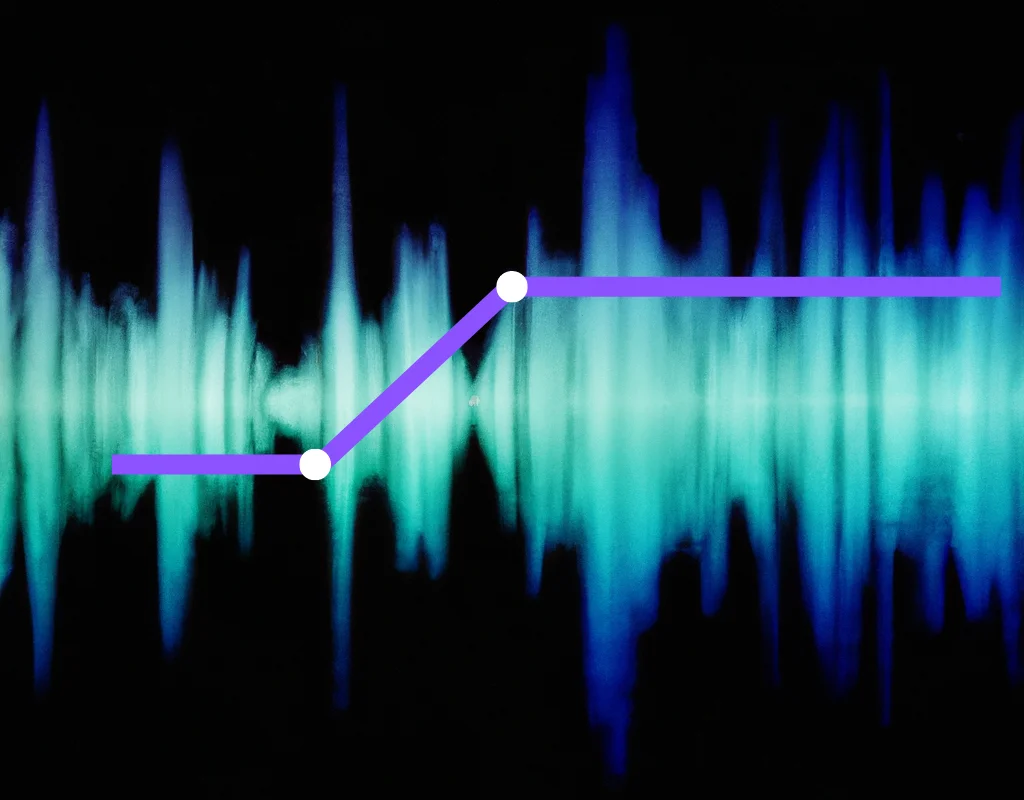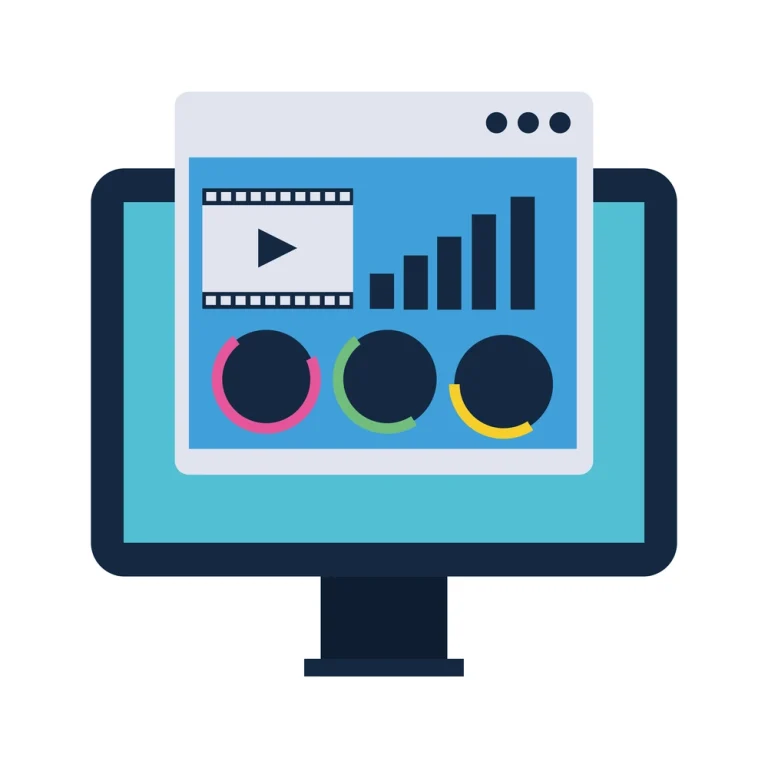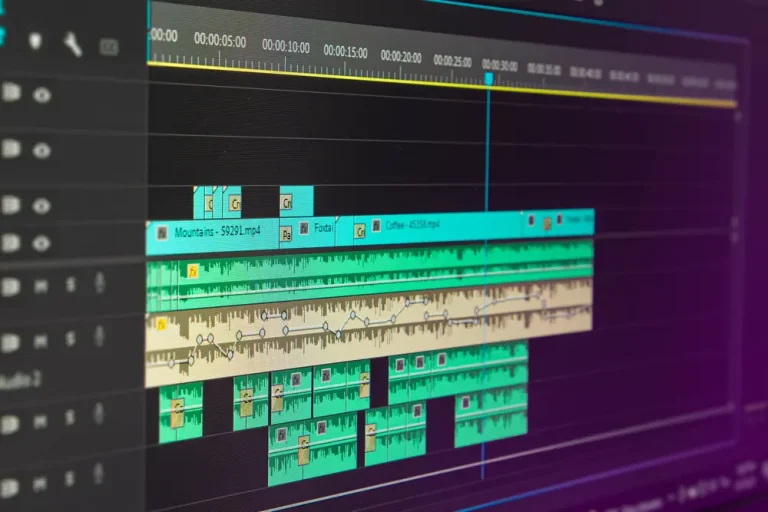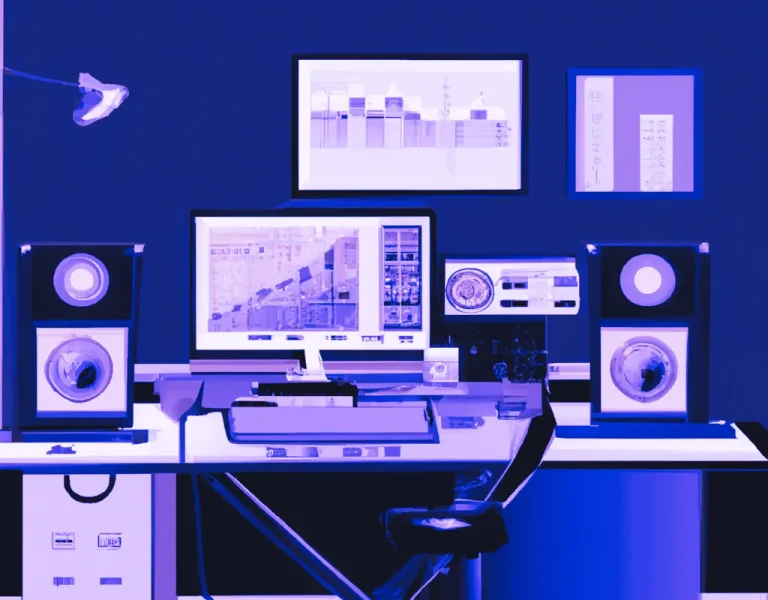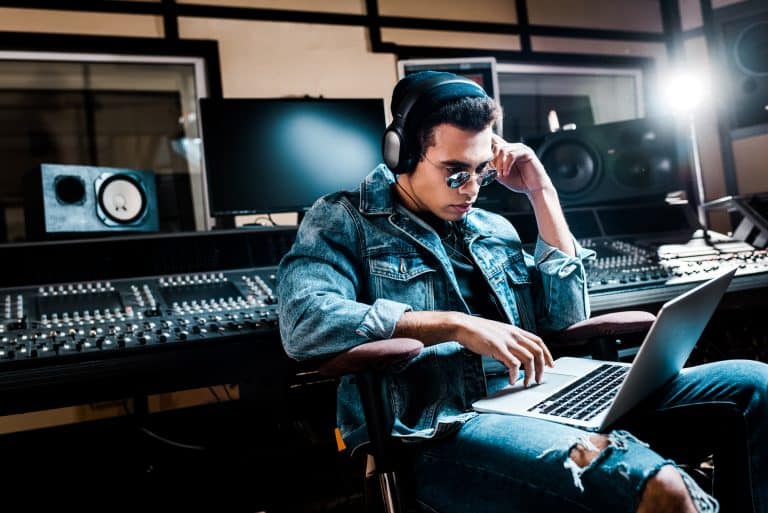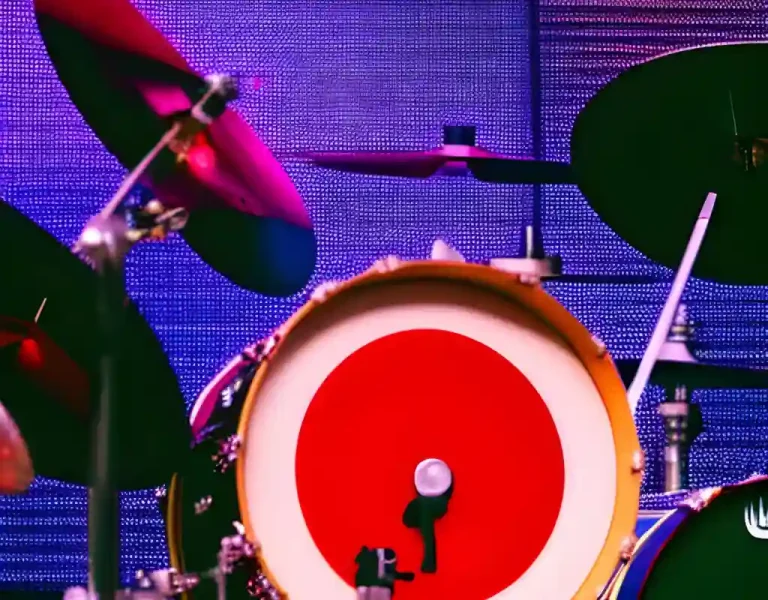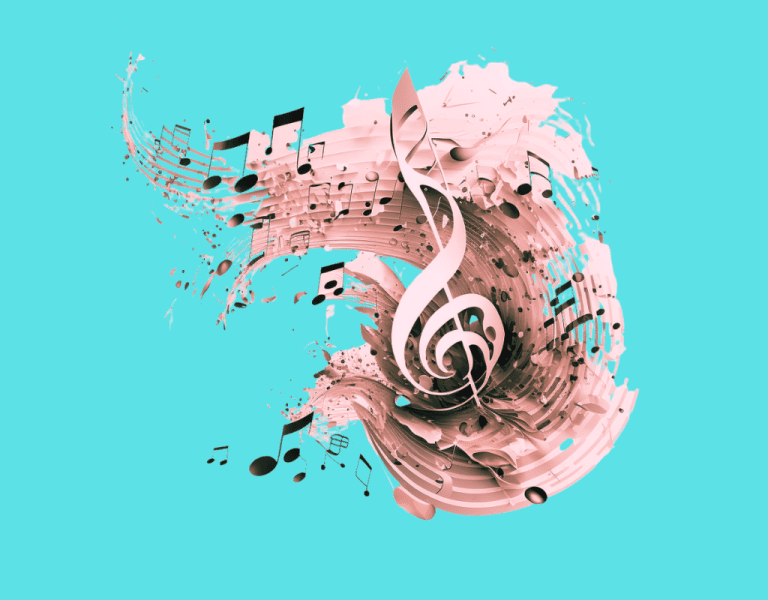What are the different types of automation In Music?
Automation in music production is a powerful tool that enables producers to create more dynamic and expressive tracks.
It uses software to automatically control various parameters and effects within a music project, such as volume, panning, and plugin settings.
With the rise of digital audio workstations (DAWs), automation has become essential in modern music production, providing both precision and creative possibilities that were once limited to manual adjustments.
There are several types of automation in music production, each offering unique benefits and serving a different purpose. These range from essential volume and panning automation to more complex effect and plugin automation.
Understanding these types of automation and their applications can greatly enhance a producer’s ability to craft a professional and engaging mix.
Key Takeaways:
- Automation in music production is a powerful tool that enables producers to create more dynamic and expressive tracks.
- There are several types of automation in music production, each offering unique benefits and serving a different purpose.
- Automation is achieved primarily through software plugins, but hardware and generative and AI-driven automation are emerging fields.
Table of Contents
The different types of automation
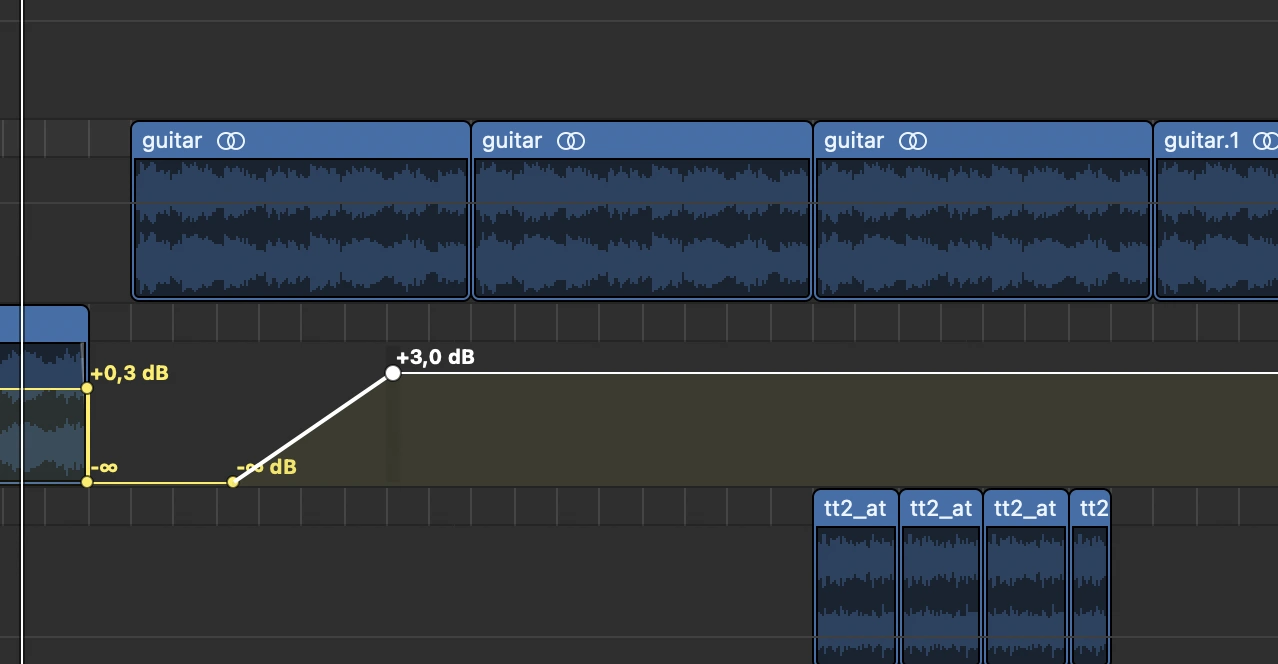
DAW Automation
DAW (Digital Audio Workstation) automation is a vital aspect of music production, allowing creators to control various parameters throughout the track during playback. This feature enhances the overall dynamics of a song and improves its mix quality.
Let’s look into a few different types of DAW automation.
Real-Time Automation
In real-time automation, producers can record parameter changes as the song plays by moving faders, knobs, or buttons, often resulting in a more natural and dynamic adjustment.
These changes can be further edited after recording, providing additional control over the mix (Audiofanzine).
Graphic Automation
This type of automation involves drawing the changes directly onto a timeline or graph. It offers more precise parameter adjustments but might require more time to perfect the settings.
Graphic automation is commonly used for automating volume, pan, and effects parameters (Yamaha Music).
Fades & Curves
Fades and curves are often used to automate volume changes to ensure smooth transitions between song sections. This gradual automation can also be applied to other parameters, such as filter frequencies or reverb levels, enhancing the overall dynamics of the track (EDMProd).
Instrumental Automation
Instrumental automation focuses on controlling the parameters of virtual instruments and synthesizers within a DAW. This method allows sound designers and composers to shape virtual instruments’ evolving timbres and textures in real-time, creating unique and expressive sounds (Sound On Sound).
In summary, DAW automation is a crucial tool for music producers, offering different ways to control and manipulate parameters during playback.
Whether real-time adjustments or graphic automation, these methods allow producers to achieve the ideal mix and enhance a song’s overall dynamics.
MIDI Automation
MIDI automation, a crucial aspect of music production, refers to recording, editing, and controlling MIDI data during creation. In essence, it allows producers to manipulate different parameters of a virtual instrument or a MIDI-enabled device in real-time or within a digital audio workstation (DAW).
Various types of MIDI automation enhance a composition’s dynamic and expressive capabilities.
Some standard MIDI automation techniques include:
| Automation Type | Description |
|---|---|
| Velocity Automation | Adjusts the intensity or force with which a note is played, adding dynamics and variation to the music. For example, iZotope recommends using velocity automation to add depth to a quantized snare by varying the volume of each hit. |
| Pitch Bend | Involves adjusting the pitch of a note over time, often used for creating smooth transitions between notes or adding a sense of movement. A powerful expressive tool when used with virtual instruments and synthesizers. |
| Modulation Wheel | A versatile control that can affect various parameters, including vibrato, filter cutoffs, and volume swells. Each virtual instrument or synthesizer may have different modulation destinations, offering many creative possibilities. |
| Expression Pedals | Enable smooth, real-time control over a parameter, such as adjusting volume, filter cutoffs, or effect settings. Often foot-operated and physically separate from the MIDI controller or instrument, allowing for more precise and nuanced control. |
MIDI automation into a music production workflow allows for improved, dynamic performances and greater control.
Producers can create more engaging and expressive compositions by exploring and mastering these techniques.
Software Plugins
Automation in music production is achieved primarily through software plugins, which are essential components in Digital Audio Workstations (DAWs). These plugins expand the creative possibilities and streamline the production process by automating various controls and parameters within the DAW.
There are two main categories of plugins used in music production: effects plugins and virtual instruments.
Effects plugins allow producers to manipulate audio signals in various ways, such as by adding rev, equalization, or compression.
Virtual instruments, on the other hand, are software synthesizers and samplers that enable producers to create and manipulate instrument sounds within the DAW.
Many software plugins today also incorporate artificial intelligence (AI) to provide advanced automation capabilities. For example, AI-powered plugins such as iZotope Neutron 2 can automatically analyze your tracks and suggest optimal mix settings, automatically addressing issues like mix balance and frequency clashes.
Another AI-enhanced example is Algonaut Audio Atlas 2, which streamlines the process of organizing and selecting drum samples by automatically creating an elegant ‘map’ of your sample library, grouping samples by sound type and tone.
When incorporating automation in music through software plugins, it is crucial to balance innovation and creativity.
Clever use of automation tools can undoubtedly save time and help polish your mix.
However, employing your unique artistic vision and expertise in production is still essential.
Hardware Automation
Hardware automation involves using physical equipment to control and manipulate various aspects of music production, including faders, knobs, and buttons.
This type of automation offers a tactile and hands-on approach to music production, allowing producers to make real-time adjustments.
In hardware automation, MIDI controllers play a significant role. These devices come in various forms, including motorized faders, rotary encoders, and performance pads.
MIDI controllers use digital audio workstations (DAWs) to transmit and receive automation data, allowing precise control over various parameters during music production.
Some examples of hardware automation devices include:
- Motorized fader controllers: These devices feature motorized faders that can move independently to reflect changes in volume, pan, or other parameters. Producers can physically adjust the faders for hands-on control, and the DAW can record and reproduce the movements.
- Control surfaces: These integrated devices offer a range of controls, including buttons, knobs, and faders, for comprehensive hardware-based control of a DAW. They often include transport controls for play, stop, record functions, channel selection, and other navigation controls.
- Performance controllers: These devices, such as drum pads and grid controllers, focus on expressive input for live performance or composition. They can send MIDI data for note triggering, effects modulation, and other parameters, allowing hands-on, real-time control during a performance.
Hardware automation provides a more immersive and interactive approach to music production. It allows for greater precision and control over various parameters, creating a more dynamic and expressive final product.
While hardware automation is not a “must-have” for producers or workflows, it can benefit those who prefer a tactile and hands-on approach to create music.
Generative and AI-driven Automation
Generative and AI-driven automation is an emerging field in music that leverages artificial intelligence to enhance the creative process.
Using algorithms and machine learning models, this type of automation generates new musical content, such as melodies, harmonies, and beats, while interpreting and manipulating pre-existing data (IBM).
There are several key elements and processes involved in generative and AI-driven automation in music:
- Machine learning algorithms learn from existing musical data and patterns to generate new content stylistically similar to the input data.
- Neural networks: Models like Recurrent Neural Networks (RNNs) and Long Short-Term Memory (LSTM) networks are used for tasks such as predicting note sequences or rhythms based on training data.
- Data processing and feature extraction: AI-driven systems preprocess input data to identify and analyze musical characteristics, such as pitch, duration, and timbre, which are then used to generate new content.
Generative and AI-driven automation offers numerous benefits for musicians and composers, including:
- Enhanced creativity and experimentation, as AI-generated content, can inspire and enable new directions in the creative process.
- Increased efficiency, as AI-based tools can quickly generate various musical ideas and suggestions.
- Potential for personalization and adaptive learning, as AI-driven systems can be designed to cater to individual user preferences and dynamically adjust musical content based on user interaction.
Despite its potential, it is vital to acknowledge the limitations of generative and AI-driven automation in music.
While it can facilitate and augment the creative process, it is not meant to replace human creativity and judgment.
The role of the composer or musician remains essential in filtering, evaluating, and refining AI-generated content, ensuring the final output aligns with the artist’s vision and artistic goals.
Conclusion
In summary, various types of music automation enhance the production process and overall sound quality.
From mix automation that involves controlling faders, knobs, and buttons on the channel strip to using EQ automation to create space and adjust specific frequencies, automation is essential in contemporary music creation.
Moreover, incorporating pan automation addresses spatial issues, widens background vocals, and offers unique sound design possibilities.
Other forms of automation include automatic music generation with deep learning, as evidenced by techniques like Recurrent Neural Networks and Gated Recurrent Units, which have shown promising potential in music.
Automation in music has become an indispensable tool for music producers, aiding in crafting intricate compositions and arrangements. With constant evolutions in music technology, automation will undoubtedly continue to advance and redefine the possibilities in music production.

